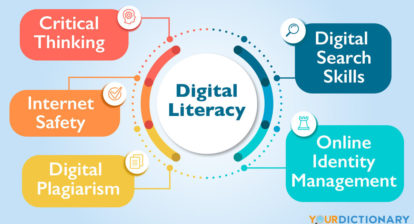As technology continues to evolve, so does its impact on education. Augmented reality (AR) is one such technology that has the potential to revolutionize the way we teach children. AR involves overlaying digital information onto the real world, creating an interactive and engaging experience for the user. In this article, we will explore how learning augmented reality can help elementary school children.
- Improved engagement: AR provides a highly interactive and engaging learning experience, which can captivate the attention of young learners. This can help to improve their engagement with the subject matter and make learning more enjoyable.
- Visual learning: AR can provide a highly visual learning experience, which can be particularly effective for younger children who may struggle with more traditional forms of teaching. By overlaying digital information onto real-world objects, AR can help children to understand complex concepts more easily.
- Hands-on learning: AR can provide a hands-on learning experience, allowing children to interact with virtual objects in the real world. This can help to reinforce their understanding of the subject matter and make learning more memorable.
- Personalized learning: AR can be tailored to the individual needs of each child, allowing them to learn at their own pace and in their own way. This can help to improve their understanding of the subject matter and build their confidence as learners.
- Multi-sensory learning: AR can provide a multi-sensory learning experience, incorporating visual, auditory, and tactile elements. This can help to appeal to different learning styles and ensure that all children are able to engage with the subject matter.
- Real-world applications: AR can help children to understand how the subjects they are learning about apply in the real world. For example, they can use AR to explore the human body, learn about geography, or study history.
- Collaboration and teamwork: AR can provide opportunities for children to collaborate and work together, which can help to improve their social skills and build teamwork skills.
- Technology skills: Learning AR can help to build children’s technology skills, which are becoming increasingly important in today’s world. By learning how to use AR, children can develop skills in coding, 3D modeling, and other digital technologies.
In conclusion, learning augmented reality can have a significant impact on elementary school children. By providing an interactive, engaging, and multi-sensory learning experience, AR can help to improve children’s engagement with the subject matter, build their confidence as learners, and develop their technology and teamwork skills. As AR technology continues to evolve, it is likely that we will see even more innovative and exciting applications in the field of education.







נערות ליווי באשקלון